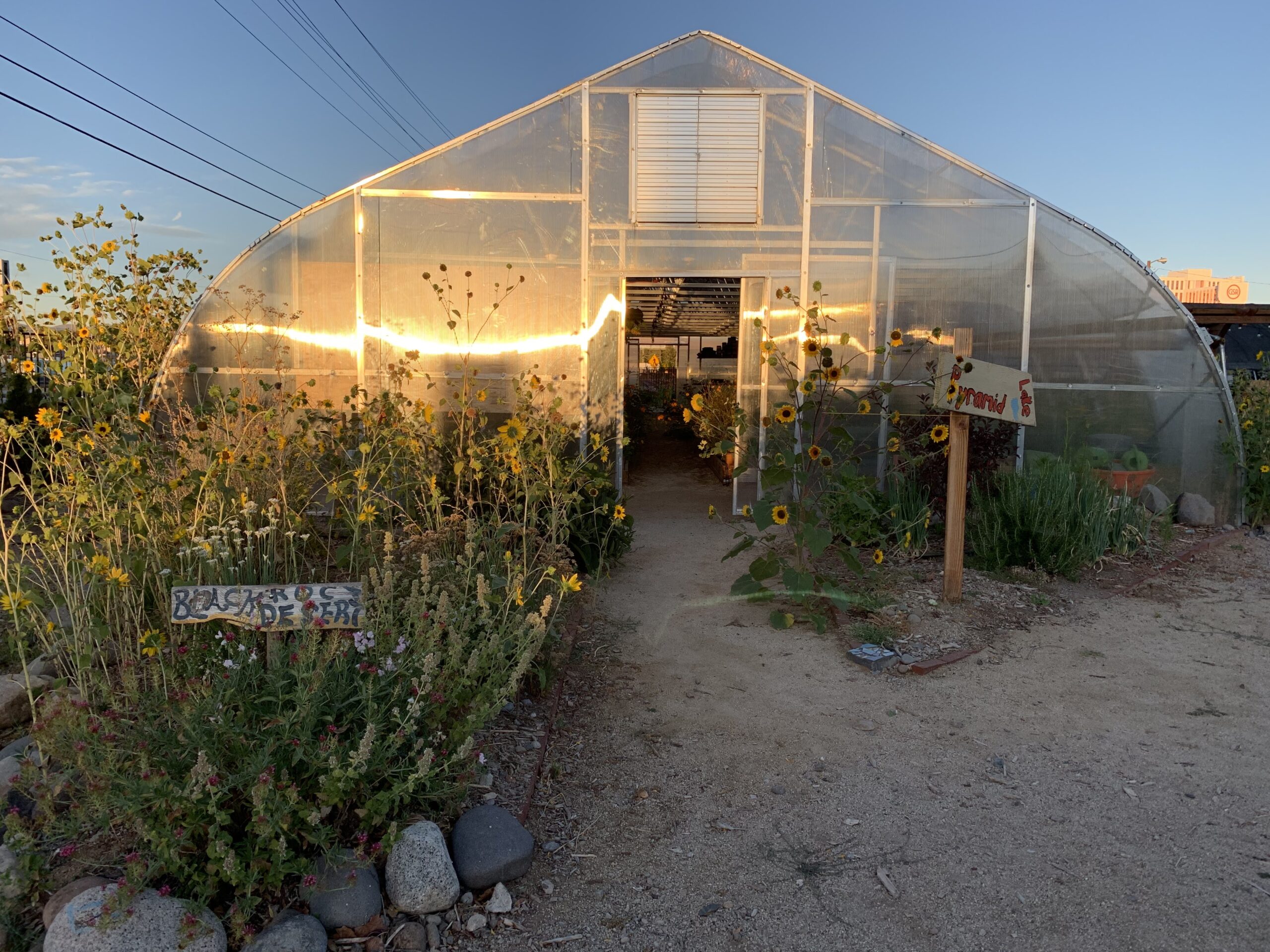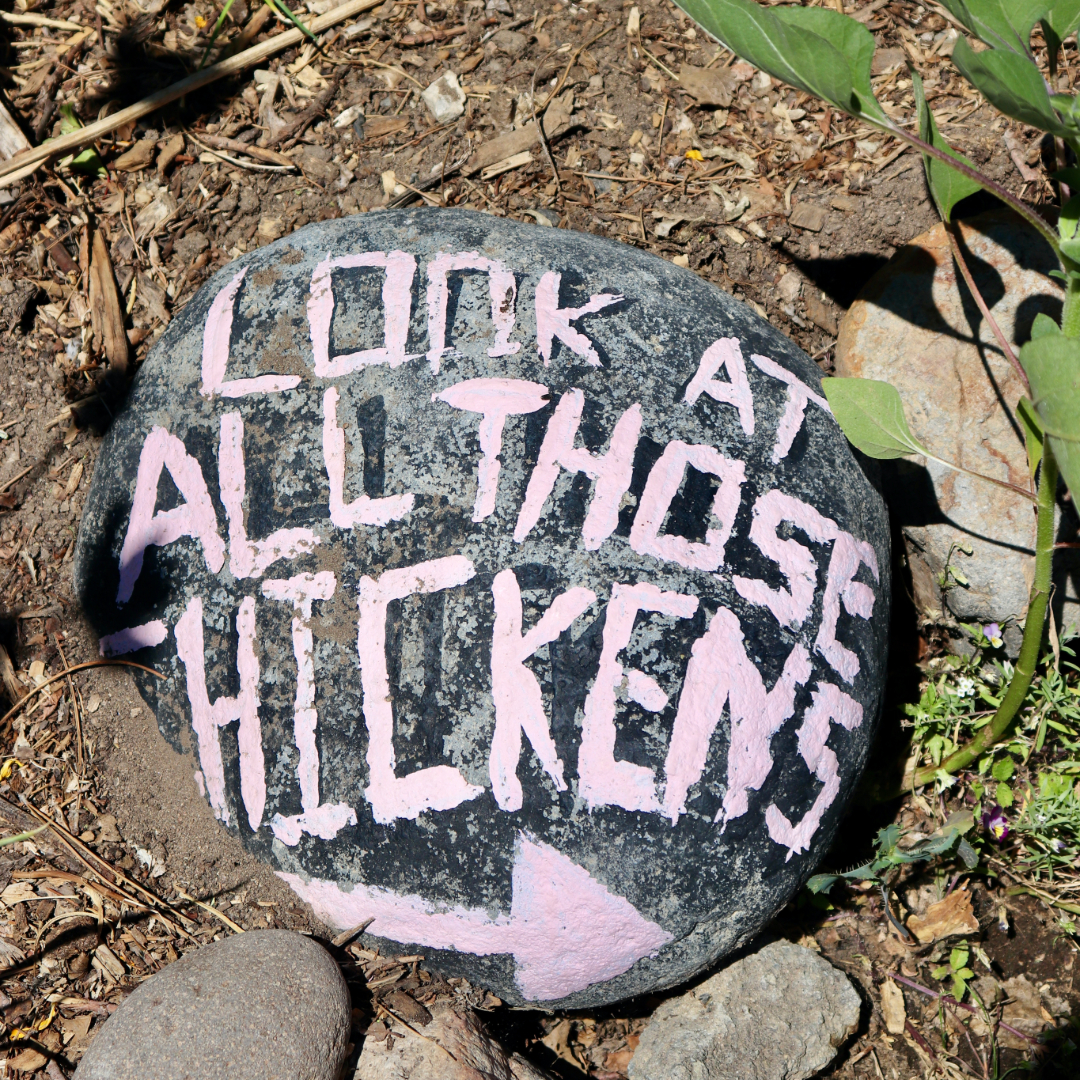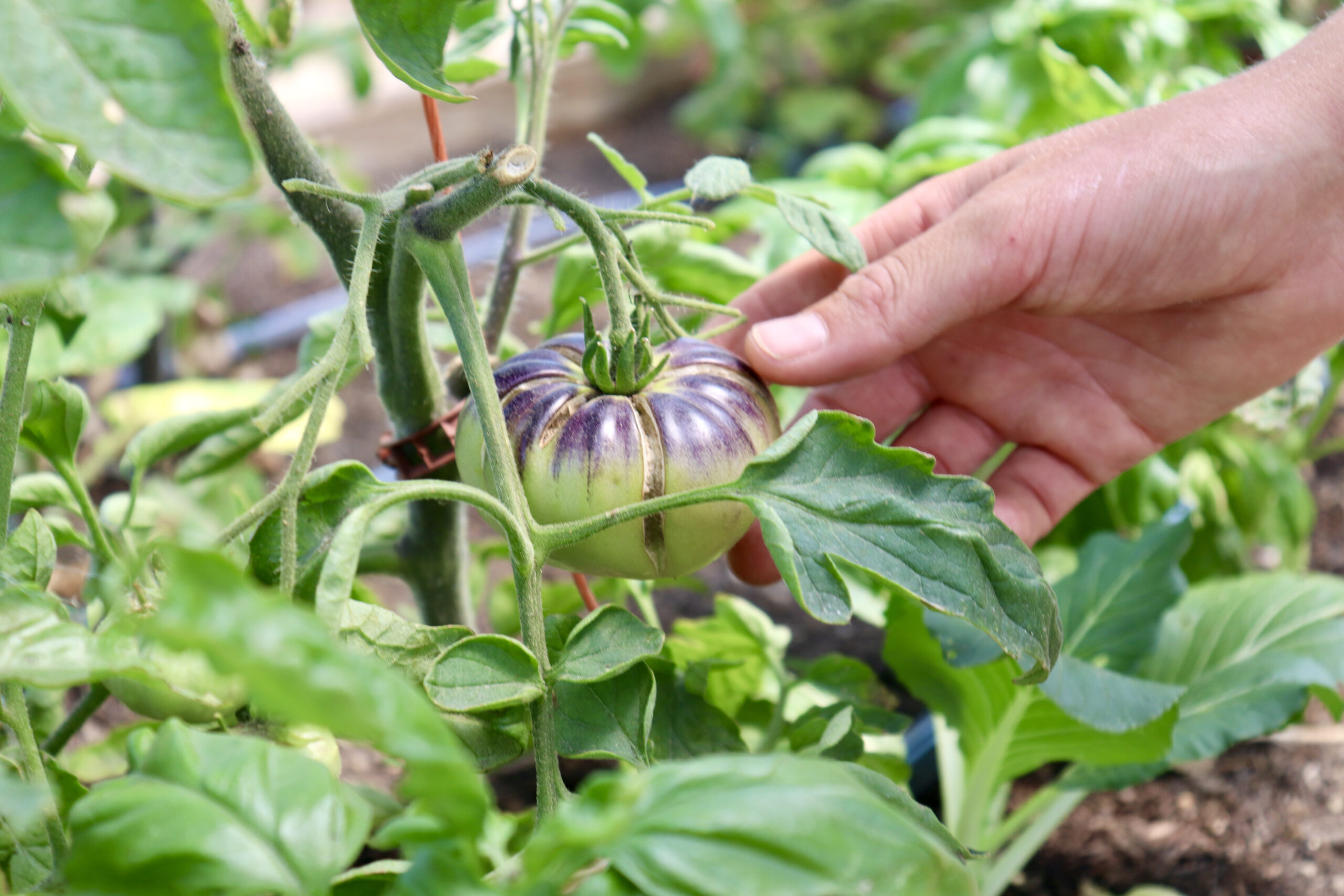In the high desert, maintaining grassy lawns can be resource-intensive, requiring copious amounts of water and chemicals. For many homeowners, it’s a green that comes directly from their bank accounts. However, for those curious about dabbling in the resurgence of community and urban farming practices, it’s essential to know it is indeed possible to transform our Northern Nevada spaces into thriving, productive landscapes that conserve water and provide homegrown produce.
Our unique climate creates an ideal environment for cultivating an impressive variety of plants and, depending on the neighborhood, even raising certain types of livestock. You can turn your green into a sustainable, productive backyard farm with thoughtful planning and effort. To do that, consider the space you want to transform as a food forest.
We talked to Urban Roots’ Development Coordinator, Abi Damp, to learn more about people’s options for growing plants and animals on their own little urban farms.
From Grass to Greens: Transforming Reno Backyards for Sustainability and Taste
A food forest is a self-sustaining, multi-layered garden that mimics a natural forest ecosystem. It consists of various plant layers, including canopy trees, understory trees, shrubs, herbs, ground covers, root plants, and vines, all working together. At the base, each layer of a food forest supports the others, promoting biodiversity, enhancing soil fertility, and providing a continuous yield of fruits, vegetables, and herbs. This system reduces the need for harsh chemicals like fertilizers and pesticides. All elements work together, becoming more sustainable and beneficial for our local environment – and your kitchen – than a simple lawn.
In Nevada, you’re more likely to hear the phrase food desert than food forest, but the Truckee Meadows can produce its own type of lush greenery. While you can quickly scale to accommodate space requirements or growing preferences, key elements should include a canopy layer, an understory layer, a shrub layer, an herbaceous layer, a ground cover layer, a root layer, and a vine layer.
The canopy layer consists of tall trees providing shade and fruits. In Reno, fruit trees that grow well include apples, apricots, pears, and even peaches. Underneath the canopy, the understory layer consists of smaller trees and large shrubs, including dwarf fruit trees like cherries. The shrub layer includes bushes and perennial vegetables like blueberries, while the herbaceous layer contains herbs and other perennial vegetables such as mint, chives, or rhubarb.
Ground cover plants, like strawberries and creeping thyme, can be used as a ground cover layer. The great thing about perennials is that they come back every year with little effort. The root layer includes root vegetables and bulbs, such as carrots and garlic. Finally, the vine layer includes climbing plants like grapes and beans.
These layers create a diverse ecosystem that maximizes space and resources, contributing to a resilient and abundant urban farm. And yes – we’re confident all these delicious sounding farm-fresh ingredients grow here!
Urban Roots takes multiple approaches to creating a diverse and balanced ecosystem. The thing about biodiversity is that it only adds value to your backyard farm. And if we’re talking about farms, we can’t exclude livestock.

Backyard Chickens
Yes! Reno residents can raise chickens right in their backyard. The coop is recommended to provide three to four square feet for each bird. While a coop isn’t necessary to own chickens, keep in mind that other wildlife live here with us in Reno, and a chicken might appear to be a tasty snack. Shelter and protection will be essential to keep your backyard chickens thriving.
Chickens offer so many benefits in a backyard farm. They help manage insect populations by eating pests, reducing the need for chemical pesticides. Their manure is an excellent natural fertilizer, enriching the soil with essential nutrients that promote plant growth. The regular supply of fresh eggs is a delightful bonus if you’re looking for ways to decrease your grocery bill. Additionally, some areas allow rabbits, goats, and other animals.

Backyard Farm Benefits
Transforming your outdoor area into a backyard farm offers numerous benefits. It enhances food security by providing a consistent supply of fresh produce, promotes environmental sustainability by reducing resource consumption and supporting biodiversity, and improves soil health through natural farming practices.
Urban Roots works to change how our community eats and learns through garden-based education. Many think they might not have the space or resources, but a garden or urban farm space can be cultivated anywhere: from a former lawn to a patio or a windowsill with containers.
If you want to learn more about cultivating your backyard into one that borrows sustainable urban farming best practices, join Urban Teaching Farm on August 24, 2024, for an annual Soil Palooza event. Urban Roots focuses entirely on the principles and practices urban and community farm fans can bring to your Reno, Sparks, Truckee, or Tahoe home.
Want to turn your black thumb into a green thumb? Urban Roots is a nonprofit that changes how our communities eat and learn through garden-based education. It hosts programs and events to help you unleash your green and sustainable side in the high desert of northern Nevada.



